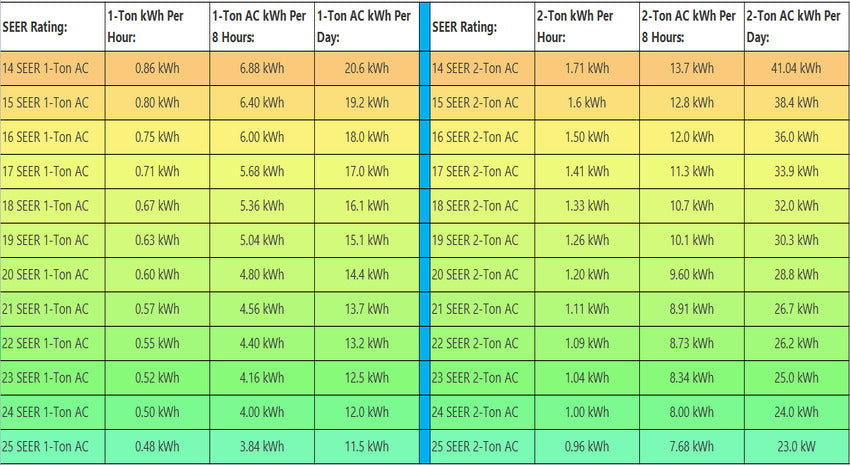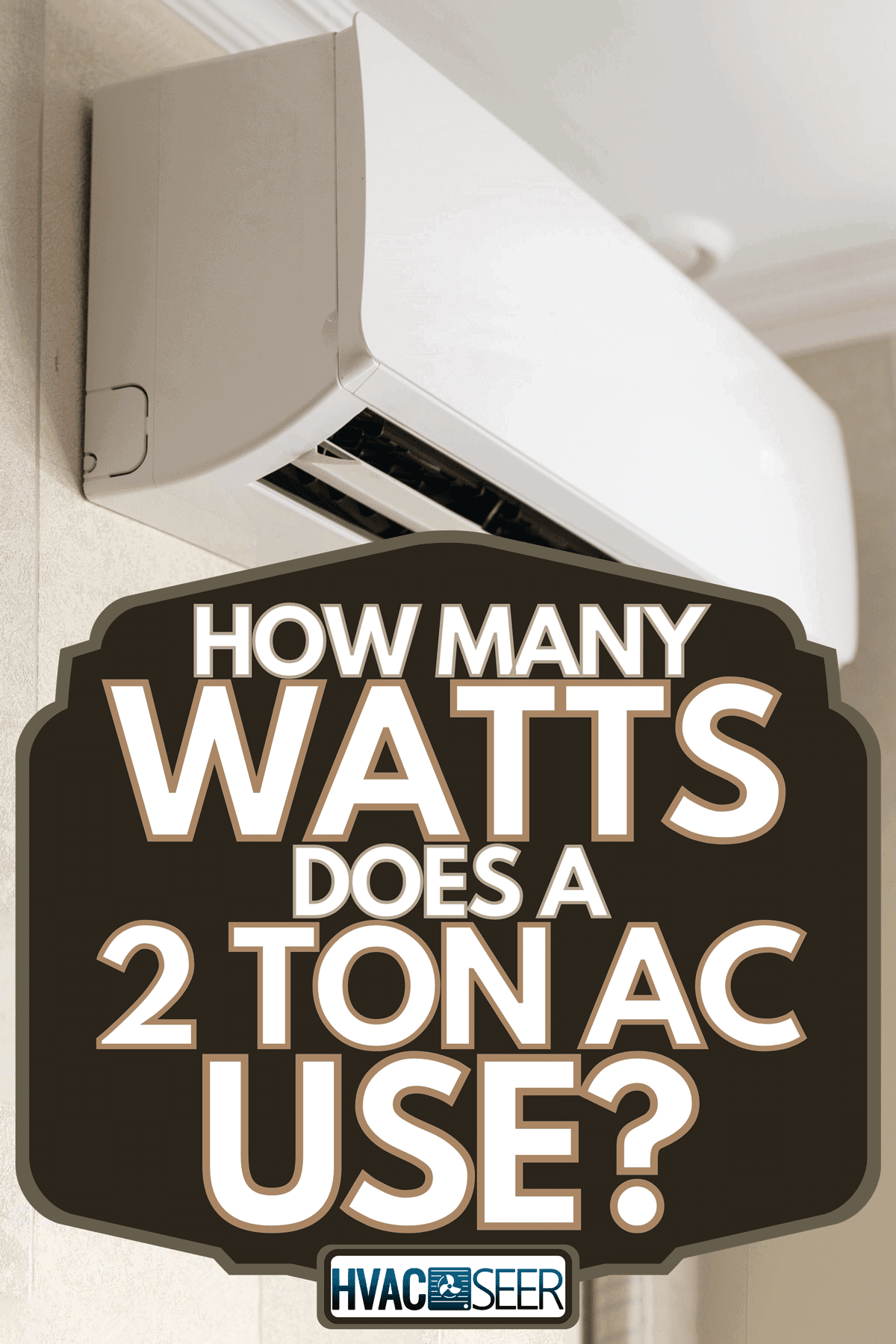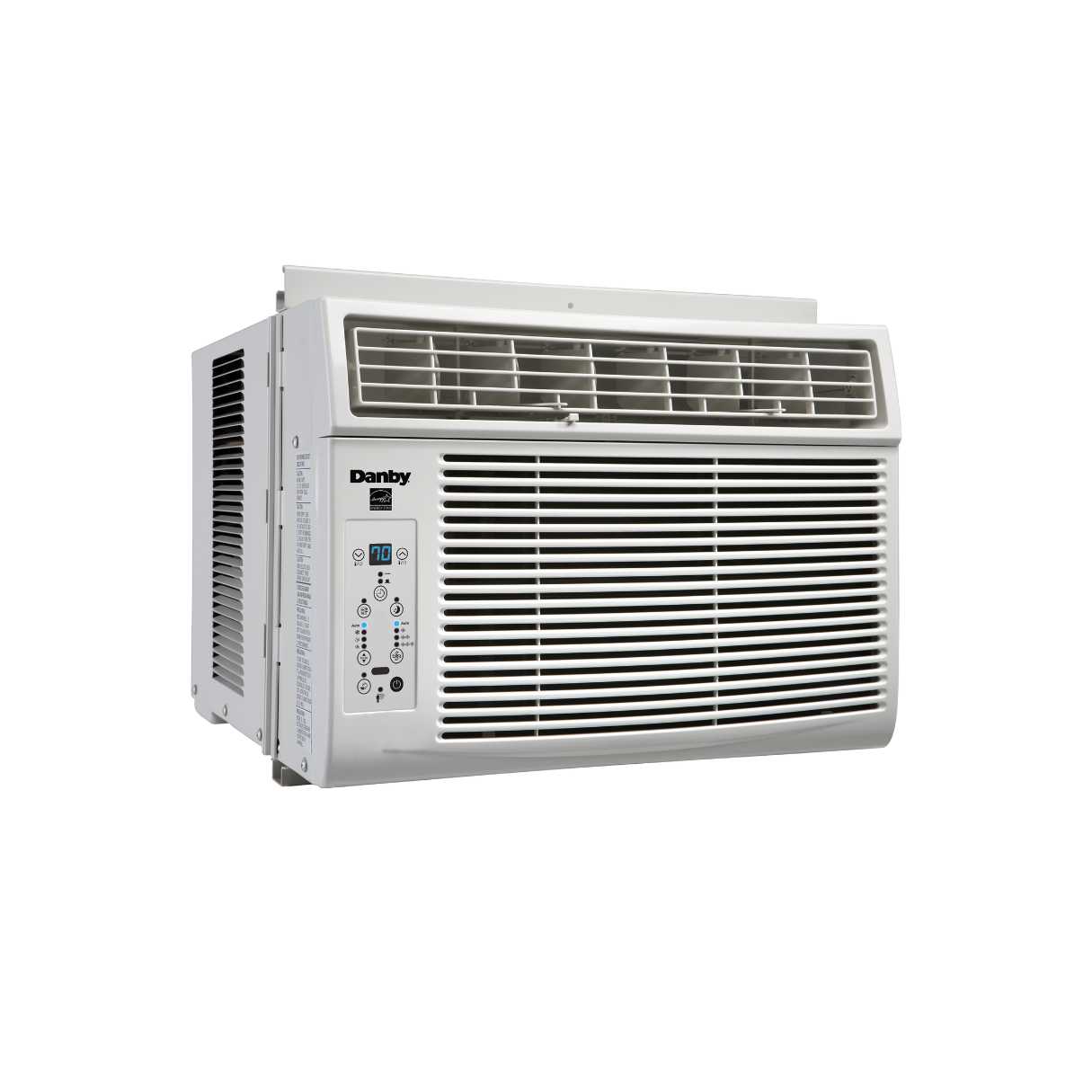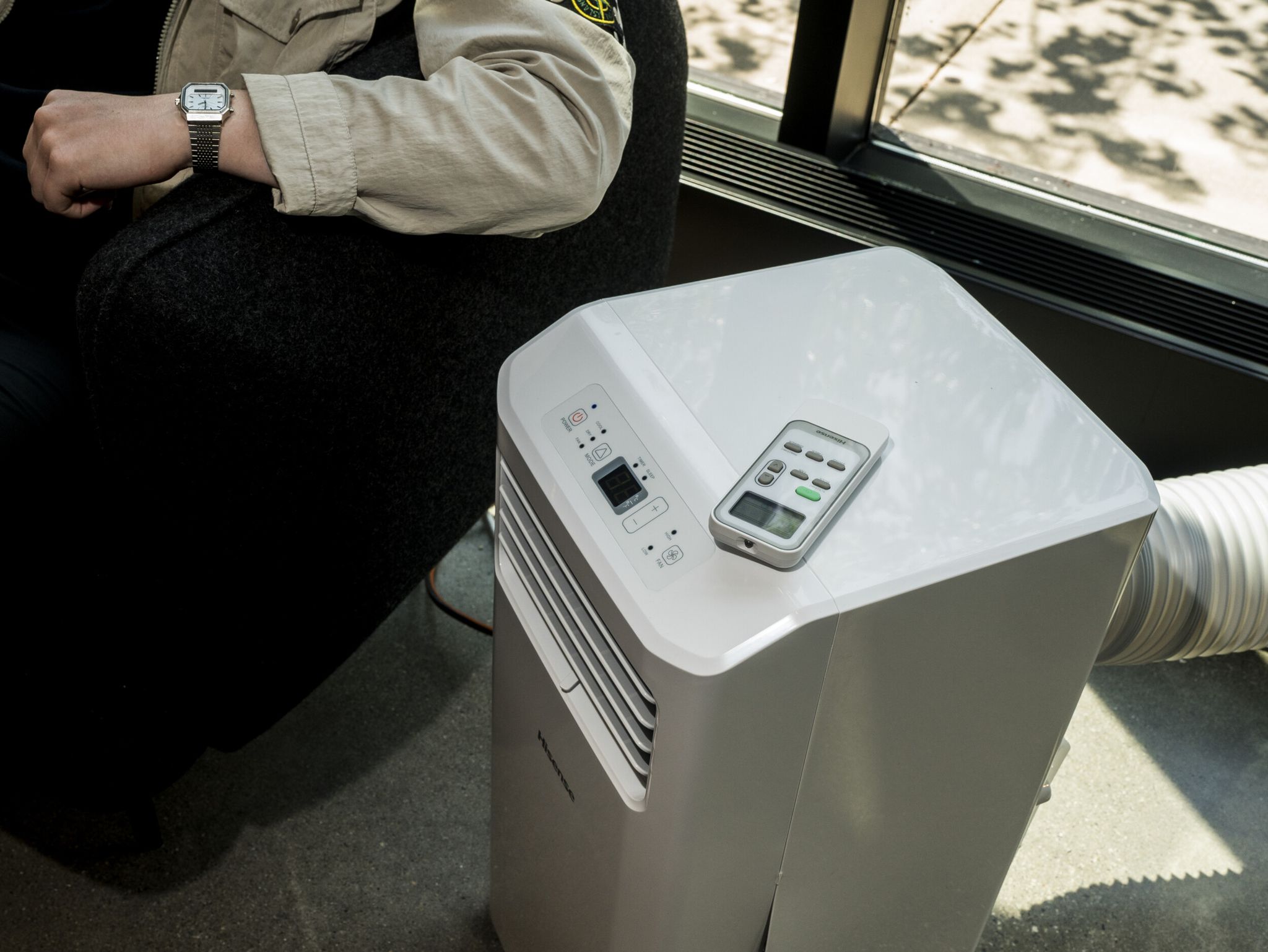How Many Watts Does A Small Air Conditioner Use

As summer temperatures soar, many are turning to air conditioners for relief. Understanding the energy consumption of these cooling devices, particularly smaller units, is crucial for managing electricity bills and making informed purchasing decisions. This article delves into the power usage of small air conditioners, providing a comprehensive overview of the factors that influence their wattage and offering practical tips for energy efficiency.
The wattage of a small air conditioner is a key indicator of its energy consumption. This article explores the typical wattage range, the variables that affect it, and how this information can help consumers save money and reduce their environmental footprint.
Decoding Air Conditioner Wattage: What to Expect
Small air conditioners, often categorized as window units or portable ACs, generally range from 5,000 to 8,000 BTU (British Thermal Units). This translates to a wattage consumption of approximately 450 to 900 watts, according to data from Energy Star, a program run by the U.S. Environmental Protection Agency (EPA) and Department of Energy (DOE).
However, this is just a general range. The exact wattage can vary based on several factors, which we will explore further.
Factors Influencing Wattage Consumption
Several elements contribute to the specific wattage a small air conditioner uses. These include the unit's BTU rating, its energy efficiency ratio (EER), and operating conditions.
BTU Rating: The higher the BTU rating, the more powerful the air conditioner and, consequently, the higher the wattage it consumes. A higher BTU rating means it can cool a larger space, thus demanding more power.
Energy Efficiency Ratio (EER): EER is a measure of how efficiently an air conditioner cools a space. A higher EER indicates better energy efficiency, meaning the unit produces more cooling for each watt of electricity consumed.
Operating Conditions: Factors such as the room's initial temperature, insulation quality, and frequency of use all play a role. An air conditioner working harder to cool a poorly insulated room will consume more watts.
Real-World Examples and Calculations
Let's consider a hypothetical scenario. Imagine a 5,000 BTU window air conditioner with an EER of 10. This unit might consume around 450 watts, according to the EPA's guidelines.
If the air conditioner runs for 8 hours a day, it would consume 3.6 kWh (kilowatt-hours) of electricity daily (450 watts x 8 hours = 3600 watt-hours = 3.6 kWh). Multiplying this by the average electricity rate in the US (around $0.14 per kWh according to the U.S. Energy Information Administration (EIA)), the daily cost would be approximately $0.50.
In contrast, an 8,000 BTU unit with a lower EER might consume closer to 900 watts, doubling the energy usage and cost.
Impact on Consumers and the Environment
Understanding air conditioner wattage is essential for managing household energy consumption. By choosing energy-efficient models and using them wisely, consumers can significantly lower their electricity bills.
Furthermore, reduced energy consumption translates to a smaller carbon footprint. Lower demand for electricity can lessen the need for power plants to generate more energy, some of which rely on fossil fuels.
Tips for Energy-Efficient Air Conditioning
Maximize the energy efficiency of your small air conditioner with these helpful tips. Proper insulation is a crucial first step.
Keep windows and doors closed while the AC is running to prevent heat from entering the room. Consider using curtains or blinds to block sunlight, which can heat up the space.
Regular maintenance, such as cleaning the air filter, is also important. A clean filter allows the air conditioner to operate more efficiently.
Use the air conditioner only when needed. Setting a timer or using a smart thermostat can help prevent unnecessary energy consumption.
"Choosing an Energy Star certified air conditioner can save you money and reduce your environmental impact," says a representative from the Department of Energy.
Consider using a ceiling fan in conjunction with the air conditioner. The fan circulates the cool air, allowing you to set the AC to a higher temperature and conserve energy.
Before buying a new unit, compare EER ratings. Investing in a more efficient model can pay off in the long run through lower energy bills.
Conclusion
The wattage of a small air conditioner typically falls between 450 and 900 watts, depending on the BTU rating and EER. By understanding these factors and adopting energy-efficient practices, consumers can effectively manage their electricity bills and contribute to a more sustainable future.
Ultimately, informed choices and mindful usage are key to enjoying the comfort of air conditioning without excessive energy consumption. Always refer to the manufacturer's specifications and Energy Star ratings for the most accurate information.


















